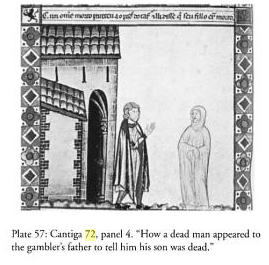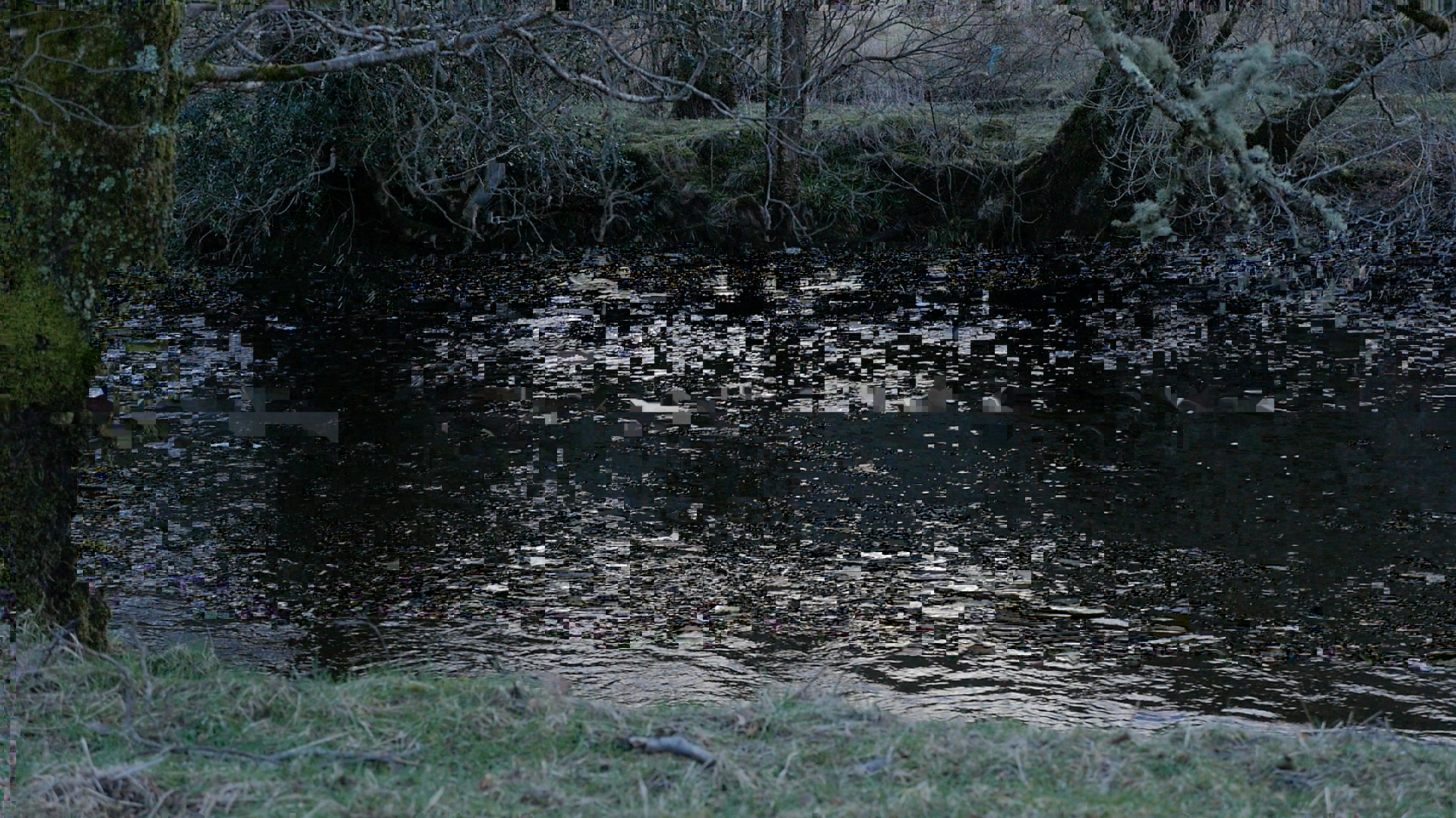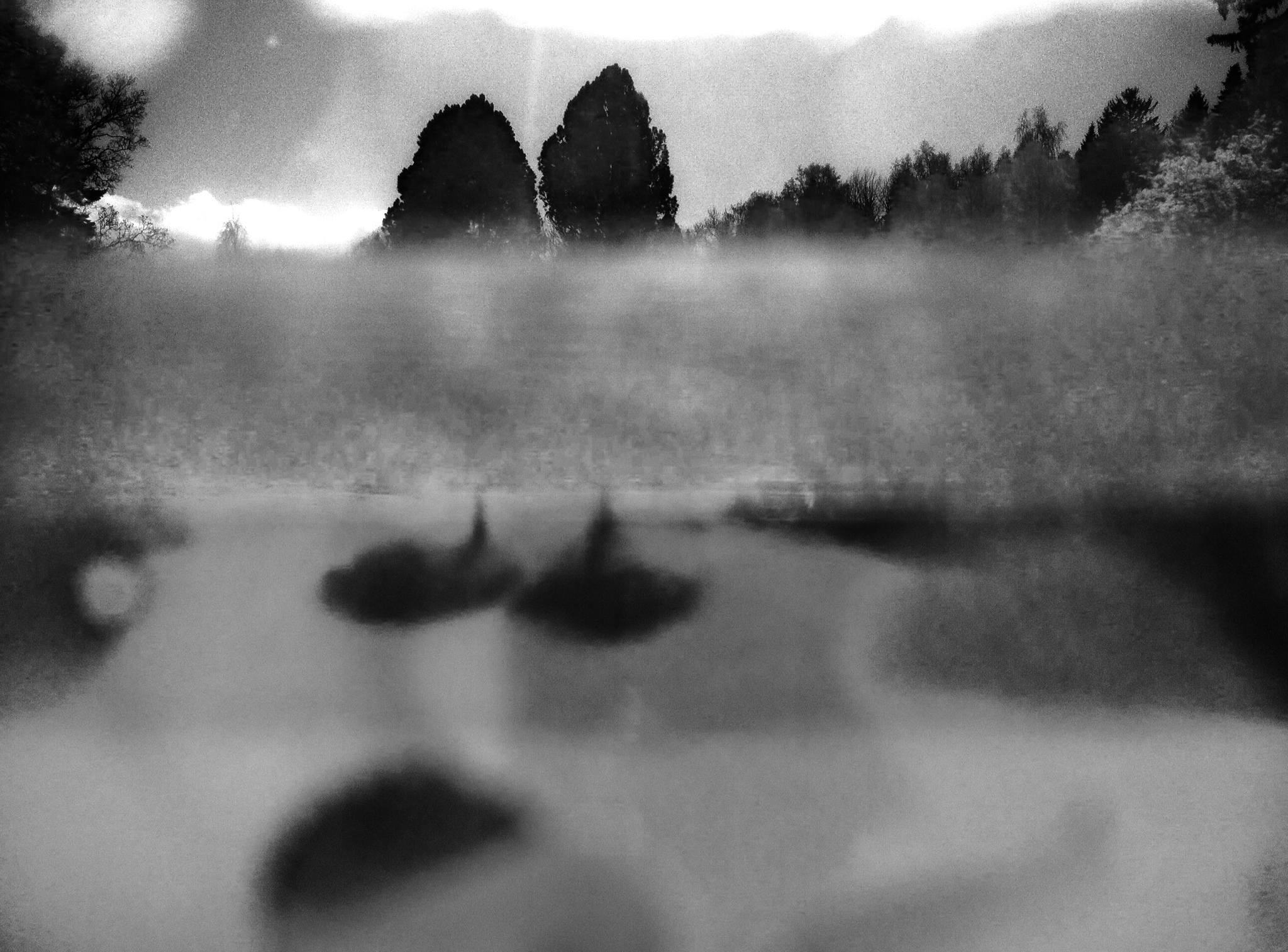Writings:
Collection of Undoings
Hauntings
Collection of Undoings
2021‘Collection of Undoings’ shows selections from a crowdsourced archive compiled of ‘useless’ activities. Together these speculate on new collective ways of being on the sidelines; of slipping through the cracks; of skipping around and pausing in opposition to the constant forward march of capitalism / progress.
I created the project in dialogue with friends. Together we responded to adrienne maree brown’s encouragement to “Ask yourself, how do I break my relationship with capitalism today?”, and to a research study (1) that found that people who’d experienced burnout and exhaustion in the workplace reacted by creating small everyday acts of resistance. These ways of resistance were hardly visible or organized but appeared as small, personal not-doings - retreats from the burdensome demands of their work lives. We wanted to take this further and create a video archive that could be used as a resource for anyone seeking a way to a different value structure. There is almost a paradox to it: How can we do this in a way that it doesn’t just become another coping mechanism with the purpose of enabling more productivity?
By undertaking informal video correspondences with friends, originally with Lori Frazer and Liina Kuittinen, I started to recover from my own burnout, and to find a path to more joyous ways of making art. These shared ‘undoings’, that were no longer goal-orientated, became like break-up rituals from individualist thinking and valuing productivity. Making mistakes, procrastinating, play, pleasure, daydreaming - when done with others, these actions manifested new kinds of belief systems on a small scale. Nose wiggling, when repeated in stressful situations, becomes an inner reminder to stay away from a certain kind of thinking. Avoidance becomes a-void-dance; an active strategy to find our way around systems that no longer serve us or nature (a concept created with Niamh Moloney while walking in nature and talking on the phone between two countries).
J. Halberstam writes in The Queer Art of Failure about picking up "discarded local knowledges that are trampled underfoot in the rush to bureaucratise and rationalise an economic order that privileges profit over all kinds of other motivations of being and doing." ‘Collection of Undoings’ taps into a language of resistance that is absurd and gestural, asking how we can build on these idiosyncratic belief systems. How can things have meaning without ‘value’ or ‘purpose’ in a capitalistic sense, and embrace an embodied language of collective pleasure?
Text by: Nell Cardozo and Tinja Ruusuvuori, 2021
1) Suvi Salmenniemi: Kiinnittävät ja kuluttavat siteet: Vieraantuminen ja vastarinta työssä (essay in Tiede & Edistys 1/2021)
**
Hauntings
2018This is a text about portraying a ghost. The ghost means a lot of things in this text. Portraying a ghost can mean turning something immaterial into the material. A ghost can be materialized by creating a physical object in which the material and the world outside it meet. A ghost can be a trauma, it can be a shadow whose portrayal may feel as scary as death.
In a more literal sense, portraying a ghost can signify the materialization of a dead person's spirit, either in a photograph, as witnessed by the Victorian “spirit photographers”, or in a domestic object, as every person sorting through a loved one's estate knows.
In my work, the ghost is present in many different ways. It lurks on the surface of a video projection, and in my curiosity about the afterlife. It hangs around ancient ruins of temples where tired tourists wander like ghosts. It emerges on the roads of remote abandoned villages in the shape of winding car skid marks. It is present in the presence, absense and longing that I also deal with in my practice.
Video screen as a fabric of a ghost
I think of the video screen or the projection base as a curtain between the material and the immaterial. It is a surface on which the subconscious and the material world meet and are briefly joined together in the video projection. I like the idea that the projection fabric is a kind of a sheet of a ghost.
A ghost walking around in a sheet can be traced back to the Middle Ages, if not further, when most people couldn't afford a coffin. The corpse was wrapped in a white
cloth, a burial shroud, and wearing this, the deceased could resurface in the world of the living for instance to bring messages.

Alfonso X, Cantigas de Santa Maria, c. 1272
I see the screen as a kind of curtain between the real world and the afterlife, but also between the material world and the mind's reality. The curtain reminds me of the Red Room in the series Twin Peaks. Its red velvet curtains exist somewhere behind the physical reality, in a space that might be inspired by the director David Lynch's interest in Tibetan Buddhism, and the Bardo - the between-space of different states of consciousness. There are six spaces in transition within the concept of Bardo: the birth, death, dream, meditation, afterlife and spiritual luminosity. I am curious about the states that occur in the everyday life like falling asleep and waking and feelings of uncertainty, absent-mindedness, and writing.
Martin Standard writes in the biography of Muriel Spark: ”That word ”time-space” was Muriel’s invention (an inversion of Einstein’s term), often used in her letters to describe the nebulous mental universe of the artist, half in, half out of the material world.” The world that stays outside of the material world is as real or unreal as the material world. It's important for an artist that these two worlds are in balance. Both worlds must be nurtured and taken care of. There also needs to be a link between the worlds.
The link between the worlds can be like electrically conductive material. The projection screen could be such a thing. The link can be an object that in some way encases both the immaterial and the material. Like a book.

Object from Estate, pigment print, 2017
”Between it and herself hung only a thin curtain; she could never draw the curtain aside—but sometimes, just for a moment, a wind fluttered it and then it was as if she caught a glimpse of the enchanting realm beyond—only a glimpse—and heard a note of unearthly music.”
L. M. Montgomery: Emily of New Moon (1923)
*
How to capture the ghost in the digital age?

Error in digital video, still 1.
"No matter how slow the film, Spirit always stands still for the photographer it has chosen.”
The above quotation from photographer Minor White (1908-1976) conveys something essential about the nature of photography as a basically mystical medium. The invention in which ‘the words of light’ hauntingly appear on the paper's surface has certainly lost some of its mysticism over time. The spirit doesn't materialise anymore in the darkroom but in the electricity on the surface of the screen. In order to capture a ghost, the artist has to be more and more conscious of its slow movement.
Sigmund Freud referred to the subconscious as a place “where bits of memory are stored until they are developed, like prints from black and white negatives.” The reference to the subconscious as undeveloped film makes me think of the ghost as an embodiment of trauma. The materialisation of the ghost happens in this instance on the surface of paper or other material, as a mark forming on a two dimensional image.
The ghost is an echo of the past: the part of us that has remained subconscious.

Error in digital video, still 2.
When you try to materialise a ghost, there's no hurry. The trauma stays on until it is found and one has become conscious of it. In gestalt therapy it is believed that once you become conscious of the trauma, a healing process begins, which it is impossible to consciously rush. Once the ghost has become visible, it begins to fade, as a film photograph fades over time.
Taking your time was also something that experimental filmmaker Philip Hoffman emphasised in his workshop in October 2016. Hoffman told us to choose a place, sit down and let the video camera roll for twenty minutes. For many of us, frustration turned into meditation and things started happening in front of the camera. In other words, the spirit started to materialize.
When listening to ghost stories, it becomes apparent that a ghost is inseparable from its environment. Much like how trauma lingers in the certain part of the body, the ghost has its preferred room in the house. The spirit pixelates into and out of the landscape, always in relation to its surroundings. “What happens to people and what happens to the land is the same thing”, Linda Hogan writes in her book Dwellings: A Spiritual History of the Living World. What we do to our communities can be felt in the landscape and vice versa.
Photographing in the digital age has become faster and one can capture dozens of photographs in a minute like a splash of water. Coincidence – and therefore the unconscious – plays a different kind of role. Perhaps instead of the slow process of waiting there's another kind of method; a fast, spontaneous process that produces thousands of photos from which the photographer can finally find the embodiment of the ghost. If the photographer is not ready to encounter their subconscious, they can much more easily efface the phantom.
In digital photography the ghost materialises in the changes of the pixel order. Can the rearrangement of pixels be compared with those of the cells that takes place when the mind deals with a traumatic event?

Error in a digital image
Sources: Ulrich Baer: Spectral Evidence - The Photography of Trauma, 2002 / Handbook of Material Culture by Christopher Y. Tilley, Webb Keane, Susanne Küchler, Michael Rowlands, Patricia Spyer, 2006 / The Ashgate research companion to paranormal cultures by Munt, Sally and Jenzen, Olu, eds. 2013 / Margaret Iversen: Photography, Trace, and Trauma, 2017 / Antroblogi: Alitajunnan antropologiaa – havaintoja David Lynchin maailmasta / Martin Stannard: Muriel Spark - The Biography, 2009 / L. M. Montgomery: Emily of New Moon, 1923 / Psychotherapy changes gene expression: https://heartsinhealthcare.com/psychotherapy-changes-gene-expression-new-research/ Linda Hogan: Dwellings: A Spiritual History of the Living World